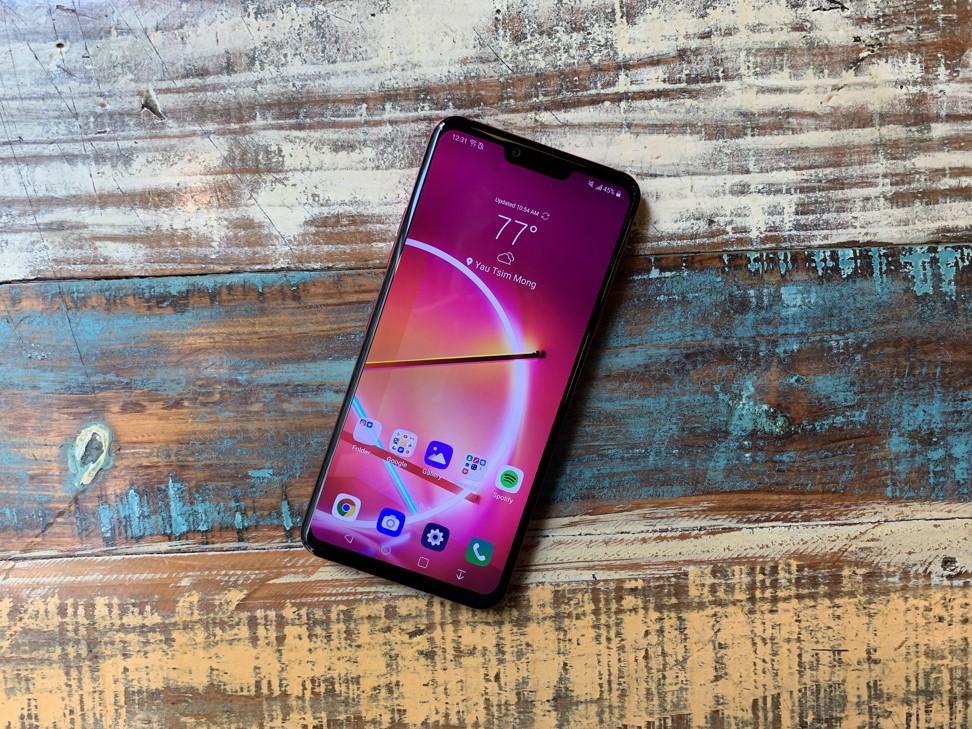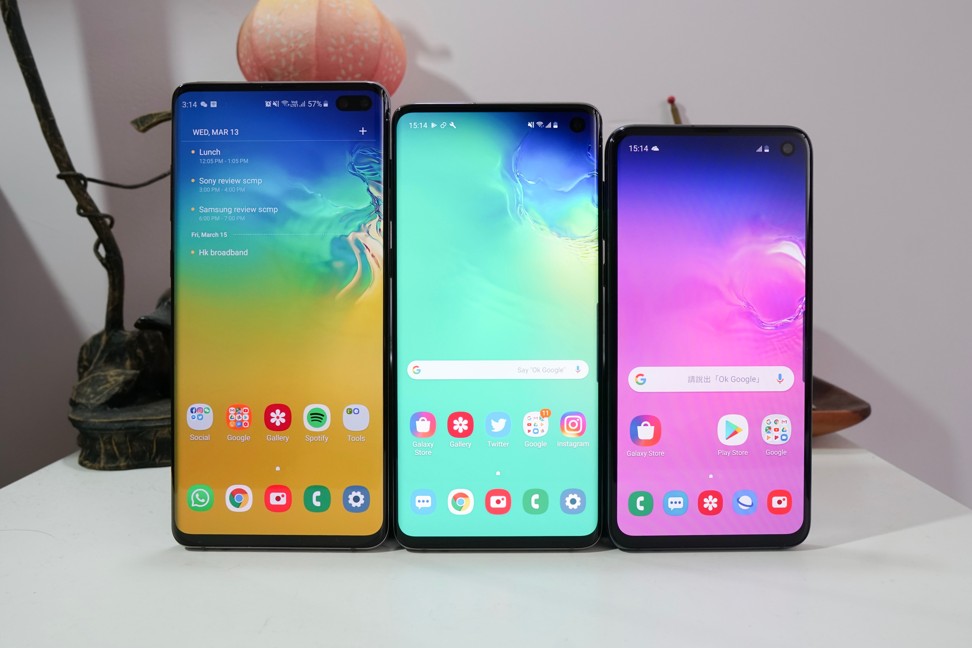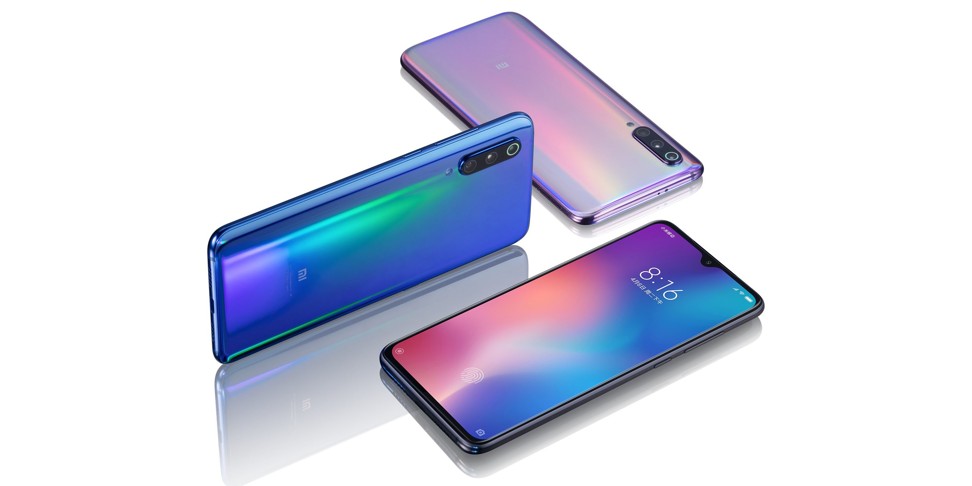
Hesitant about buying a Huawei? Five Android alternatives, from Samsung to LG
- Samsung, LG, Xiaomi, OnePlus and Oppo all offer superb phones for those wanting an Android but put off Huawei after Google’s recent announcement
- The OnePlus 7 Pro in particular is a stunning device with a game-changing 90Hz screen and a price well below the Huawei P30 Pro
In an overcrowded smartphone market that is seeing a slowdown in sales, Huawei bucked the trend by seeing its 2019 first quarter sales grow – by 50.3 per cent, according to tech analyst firm IDC – while Apple and Samsung saw their global numbers slump. But just as Huawei looked likely to become the number one phone brand in the world by units sold, it has been dealt a major blow by the US government: an executive order restricting US companies from doing business with Huawei.
Huawei phones run on Google’s ubiquitous Android operating system, and with Google confirming it will comply with US orders, this means future Huawei phones will not be able to run a fully supported version of Android. Existing Huawei devices may also stop getting new Android updates.
Shipping handsets without Google’s infrastructure is no big deal in China – in fact, it’s the norm – but internationally, few, if anyone, would buy a smartphone that cannot run basic apps and services. It is not an overstatement to say Huawei’s global phone business will be killed if this issue doesn’t get resolved.
For those who had been planning on buying a Huawei phone, we suggest delaying until this matter is over. Until then, here are five worthy alternative smartphone options.

Oppo Reno 10X Zoom Edition
Huawei’s current flagship, the P30 Pro, has two stand-out camera features that put it above the pack: it can produce well-lit images in near pitch-black situations, and it can achieve near lossless 10x zoom.
Huawei P30 Pro review: biggest mobile imaging breakthrough in years
Elsewhere, Oppo’s device also has a wide-angle camera and a very capable main camera, so for the most part you can recreate the P30 Pro’s versatile camera performance with the Reno. And with a Snapdragon 855 chip powering the device, the Reno is not lacking in power.
The Oppo Reno 10X Zoom Edition starts at 3,999 yuan (US$580) in China and €899 (US$1,000) in Europe. It is not sold officially in Hong Kong.

OnePlus 7 Pro
OnePlus phones, with their clean, minimal Android skin that is optimised for speed and fluidity, have long been the most popular Android devices among enthusiasts and tech reviewers. The just-released OnePlus 7 Pro takes the line to another level with its 90Hz screen.
Most other smartphone displays refresh at a rate of 60Hz. With its 90Hz screen, animations on the 7 Pro refresh 50 per cent more often, which translates to smoother visuals. Serious gamers, who use 120Hz gaming monitors, will vouch for that extra frame rate.
Besides the display, the 7 Pro boasts top-of-the-line specs and its usual clean version of Android, which I and many other tech reviewers believe is the best version of Android around.
The OnePlus 7 Pro starts at HK$5,698 in Hong Kong, US$660 in the US, and €699 in Europe.

LG G8
Also, for those who’ve been scared off tech made in China due to all the recent US allegations, LG’s “Made in Korea” handsets are among a rare set of gadgets not made in China (even Apple and Samsung build their phones in southern China).
The LG G8 starts at HK$4,800 in Hong Kong (imported) and around US$700 in the US

Samsung Galaxy S10
Indeed, the S10 ticks just about every box for those looking for the best of what Android has to offer right now.
The Samsung Galaxy S10 starts at HK$4,899 and around US$900 in the US

Xiaomi Mi 9
Xiaomi’s Mi 9 is essentially the budget version of Samsung’s Galaxy S10. Featuring the same Snapdragon 855 processor, 6.4-inch OLED screen and triple camera array, the Mi 9 offers roughly the same experience as Samsung’s best right now, but for a much lower price.
Objectively speaking, the Mi 9 doesn’t beat Huawei’s P30 Pro in any single area, but it is a well-rounded device that can handle any task.
The Xiaomi Mi 9 starts at HK$3,399 in Hong Kong and 2,999 yuan in China.

